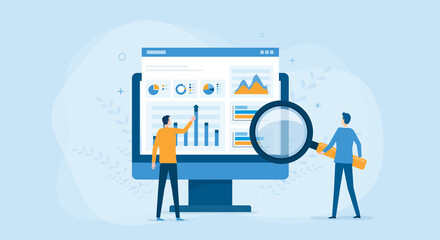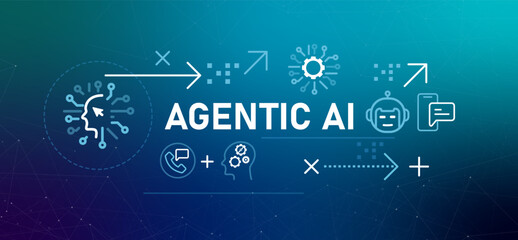In today’s data-driven world, having access to a wealth of data doesn’t guarantee a competitive advantage for organizations. Instead, it’s about how effectively they communicate insights and make decisions based on that data. Frequently, valuable analytics and predictive models fail to produce a meaningful business impact because they are misunderstood or not effectively communicated between data science teams and executive leadership.
The solution? Data storytelling—the art and science of turning data into compelling narratives that inform, inspire, and influence action.
Why the Gap Exists
Data scientists speak in terms of algorithms, accuracy, and statistical significance. Executives, on the other hand, are primarily concerned with business outcomes, including growth, risk, efficiency, and competitive advantage.
This mismatch can lead to:
- Missed opportunities
- Poor decision-making
- Disconnected strategies
That’s why data storytelling is not a luxury; it’s a necessity for modern organizations aiming to turn insights into outcomes.
What Is Data Storytelling?
Data storytelling is more than pretty charts. It’s the combination of:
- Data (the facts and evidence),
- Narrative (a clear, contextual explanation), and
- Visuals (charts, infographics, and dashboards)
Together, these components help stakeholders understand what’s happening, why it matters, and what actions to take next.
Techniques to Communicate Meaningful Data Stories
Here are proven techniques to tell data stories that move the needle:
- Lead with the Business Question
Before diving into numbers, clarify the “why.” Frame your analysis around a decision-maker’s concern:
Instead of “We used a random forest model,” say:
“We identified a 12% churn risk in our highest-value segment.”
- Structure the Narrative Like a Story
Good stories have a beginning, middle, and end. So should your insights:
- Beginning: What’s the problem or opportunity?
- Middle: What does the data reveal?
- End: What should we do next?
- Design Visuals with Purpose
Visual clutter kills comprehension. Use simple, clean charts to spotlight key points. Choose the right visual for the message:
- Trend over time → Line chart
- Comparisons → Bar chart
- Distribution → Histogram
- Correlation → Scatter plot
- Tailor for Your Audience
Executives don’t need to see model training stats—they need actionable insights. Customize your language and depth of detail to match your audience’s goals and familiarity with data.
- Infuse Emotion and Urgency
Storytelling is more persuasive when it feels relevant. Show what’s at stake. Use real examples or customer stories to highlight impact.
Strategic Approaches to Enhance Organizational Storytelling Capabilities
Creating great data stories isn’t just a skill; it’s a strategic capability. Here’s how to build it across your organization:
- Train Teams in Storytelling
Conduct workshops or internal sessions on:
- Narrative frameworks
- Visual best practices
- Presenting to non-technical audiences
- Foster Cross-Functional Collaboration
Pair data scientists with marketing, design, or product teams to co-create stories that are accurate and engaging.
- Create a Standard Storytelling Template
Use a repeatable format for all insight communications. For example:
Slide 1 – Business Question
Slide 2 – Key Insight
Slide 3 – Visual + Explanation
Slide 4 – Recommendation
Slide 5 – Next Steps
- Use Feedback Loops
After every presentation or dashboard delivery, ask:
- Did the audience act on it?
- What confused them?
- What visuals or narratives worked best?
- Promote a Data-Driven Culture
Encourage leaders to ask:
- “What’s the story behind this data?”
- “What actions should we take?”
Reward clarity, impact, and action, not just technical rigor.
In a world abundant with data, storytelling transforms insight into influence. Connecting data science and decision-makers requires more than dashboards; it demands empathy, clarity, and a defined purpose.
When organizations invest in data storytelling, they don’t just make better decisions; they become truly data fluent.
If you need any guidance or assistance, please review our Data Services Offering. Explore our Data Services – Fuzzitech



